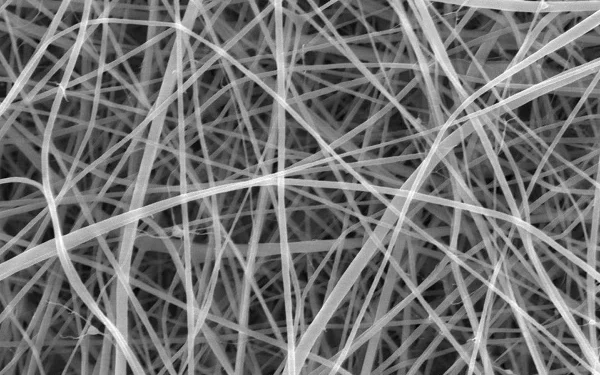Scientists have created the world’s thinnest spaghetti, 200 times thinner than a human hair.
The goal of making this pasta is not to introduce it as a new food, but rather to use this ultra-thin material, namely nanofibers, for a variety of medical purposes.
One use of nanofibers is to make wound-healing bandages that allow water and moisture to enter the wound but keep bacteria out. In addition, it can also be used for the delivery of drugs and frames for bone regeneration.
However, researchers at University College London say that making these strips directly from starch-rich ingredients (such as flour) is more environmentally friendly.
Starch nanofibers (which are mostly made from green plants) rely on starch being extracted and purified from plant cells, a process that requires large amounts of water and energy.
“To make spaghetti, you force a mixture of water and flour through metal holes,” said study co-author Dr. Adam Clancy. “In this study, we did the same thing, but we pulled the flour mixture with an electric charge. It’s basically spaghetti, but much thinner.”
In the new study, published in Nanoscale Advances, scientists describe making spaghetti just 372 nanometers (a billionth of a meter) thick.
In the process, the scientists used an electrospinning technique, in which threads of flour and water are pulled through the tip of a needle using an electric charge.

























